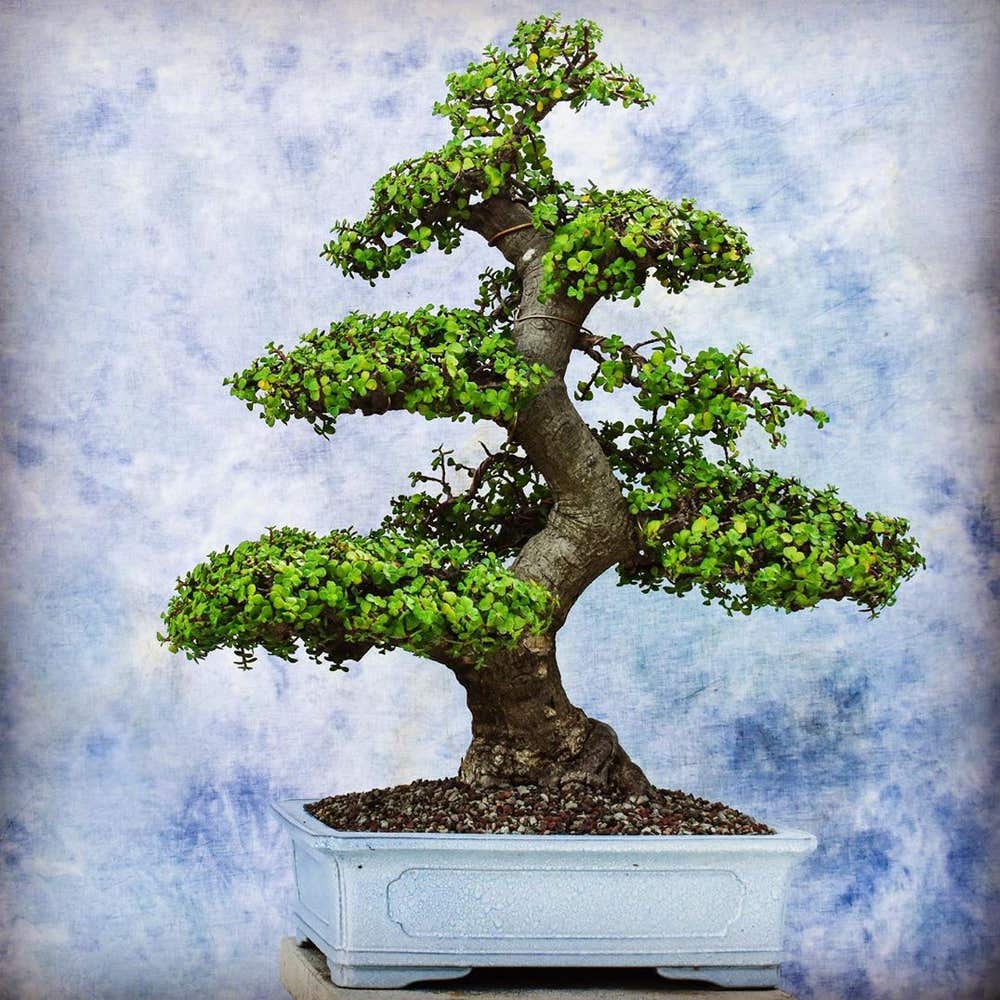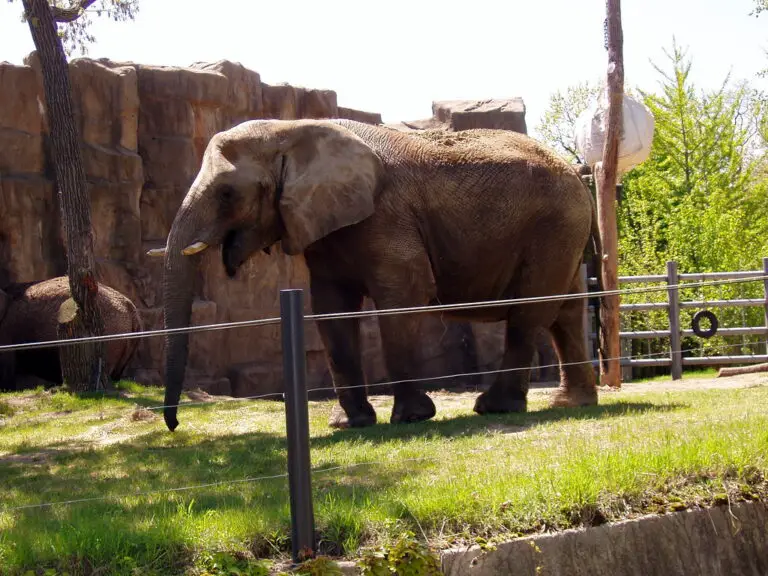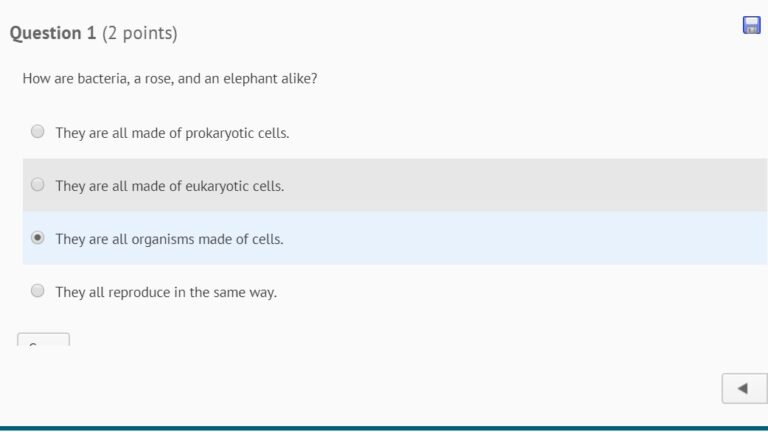How to Take Care of Elephant Bush

To take care of Elephant Bush, provide it with direct sunlight or indirect bright light and water it every two weeks in summer and once a month in winter. This succulent can be grown indoors or outdoors, as long as it is in a mild climate and frost-free zone.
Elephant Bush is a sun-loving plant that is loved by both elephants and gardeners, as its leaves and stems are edible and can be added to salads and soups. Pruning can be done to improve the plant’s shape and remove dead leaves and branches.
Introduction To Elephant Bush
Introduction to Elephant Bush: Elephant Bush, also known as Portulacaria afra, is a versatile and low-maintenance succulent that makes a great addition to any indoor or outdoor garden. With its attractive foliage and easy care requirements, it has gained popularity among plant enthusiasts.
What is Elephant Bush? Elephant Bush is a resilient succulent with small round leaves that resemble a miniature jade plant. It is native to South Africa and is often lauded for its ability to thrive in dry and arid conditions.
Benefits of Growing Elephant Bush: Growing Elephant Bush brings numerous benefits, including its air-purifying properties, low water requirements, and adaptability to various light conditions. It is also a favorite food for elephants and can be easily propagated.
Suitable Growing Conditions: Elephant Bush thrives in well-draining soil and prefers bright, indirect light. It is suitable for both indoor and outdoor cultivation, making it an ideal choice for beginner gardeners.

Credit: gardenerspath.com
Caring For Elephant Bush Indoors And Outdoors
The Elephant Bush, a sun-loving succulent, can be cared for both indoors and outdoors. It prefers direct sunlight or bright indirect light, and should be watered every two weeks in summer and once a month in winter. Pruning and removing damaged leaves will help maintain its shape and health.
| Light Requirements |
| Elephant Bush thrives in full sun to part shade when grown outdoors. For indoor plants, they prefer direct or indirect bright light. Place them close to a south- or west-facing window or a few feet away from such windows to ensure they receive the right amount of light. |
| Watering Frequency |
| Water Elephant Bush every two weeks in summer and once a month in winter. Check the moisture level of the soil and only water when it feels slightly dry. Factors like temperature, humidity, and pot size can affect the watering frequency. |
| Soil and Fertilizer |
| Grow Elephant Bush in well-draining soil. Use a succulent or cactus mix combined with perlite or pumice for better drainage. Fertilize once a month during the growing season using a balanced liquid fertilizer diluted to half strength. |
| Pruning and Propagation |
| Prune Elephant Bush to maintain its shape and size. Remove damaged or leggy stems to encourage bushier growth. Propagate by taking stem cuttings and allowing them to callous before planting them in well-draining soil. |
| Common Pests and Diseases |
| Watch out for pests like mealybugs and spider mites. Treat infestations with neem oil or a mild soap solution. Overwatering can cause root rot, so ensure proper drainage to prevent this issue. |
Elephant Bush Care Tips
Choosing the Right Location:
The elephant bush thrives in full sun to part shade. For indoor plants, place them close to a south- or west-facing window or several feet away from such windows to provide the right amount of light.
Proper Watering Techniques:
Water the elephant bush every two weeks in summer and once a month in winter. Check the moisture level by touching the soil, and if it feels moist, wait a few days before watering.
Maintaining the Plant’s Shape:
Prune the elephant bush regularly to maintain its shape. Trim any overgrown or leggy stems to encourage bushiness.
Reviving an Unhealthy Elephant Bush:
If your elephant bush looks unhealthy, check the watering frequency and adjust accordingly. Inspect for pests and diseases, and treat as necessary. Provide appropriate lighting conditions and ensure proper drainage.

Credit: greg.app
Elephant Bush As An Edible Plant
Elephant Bush is an edible plant that can be eaten. The leaves and stems are nutritious, containing essential vitamins and minerals. They can be used in various recipes and culinary dishes, adding a unique flavor to salads and soups. Eating Elephant Bush Leaves and Stems: The nutritional value of Elephant Bush leaves and stems is significant, offering a good source of vegetable nutrients for a healthy diet. Including them in your diet can provide a boost of essential vitamins and minerals. These parts of the plant can be incorporated into a range of culinary creations to enhance their flavor and nutrition. Recipes and Culinary Uses: Elephant Bush leaves and stems can be used in various recipes and culinary dishes, such as salads, soups, and stir-fries. Their versatility makes them a delightful addition to a range of culinary creations. Additionally, the plant’s nutritional benefits make it an attractive ingredient for those seeking to enhance their diet with wholesome nutrients.

Credit: m.youtube.com
Frequently Asked Questions For How To Take Care Of Elephant Bush
Does Elephant Bush Need Direct Sunlight?
Elephant Bush thrives in full sun to part shade. For indoor plants, this translates to direct sunlight or bright indirect light. Place them near a south- or west-facing window or a few feet away from such windows to provide the right amount of light.
How Often Do You Water An Elephant Bush?
Water Elephant Bush when the soil is slightly moist, every two weeks in summer and once a month in winter. Adjust based on humidity and sunlight.
Is An Elephant Bush An Indoor Or Outdoor Plant?
The Elephant Bush is both an indoor and outdoor plant. It can be grown as a houseplant or in the garden if you live in milder climates. It thrives in full sun to part shade and needs watering every two weeks in summer and once a month in winter.
Enjoy its edible leaves and stems in salads and soups!
Can I Put My Elephant Bush Outside?
Yes, you can put your Elephant Bush outside. It thrives in full sun to part shade, so find a spot with the right amount of light. Make sure it’s in a mild climate and a frost-free zone.
Conclusion
In caring for Elephant Bush, attention to watering, light, and pruning holds vital importance. Keep the soil moist but not waterlogged, provide adequate sunlight, and maintain the plant’s shape through pruning. Understanding these key elements will ensure the health and vibrancy of your Elephant Bush, allowing you to enjoy its beauty for years to come.





